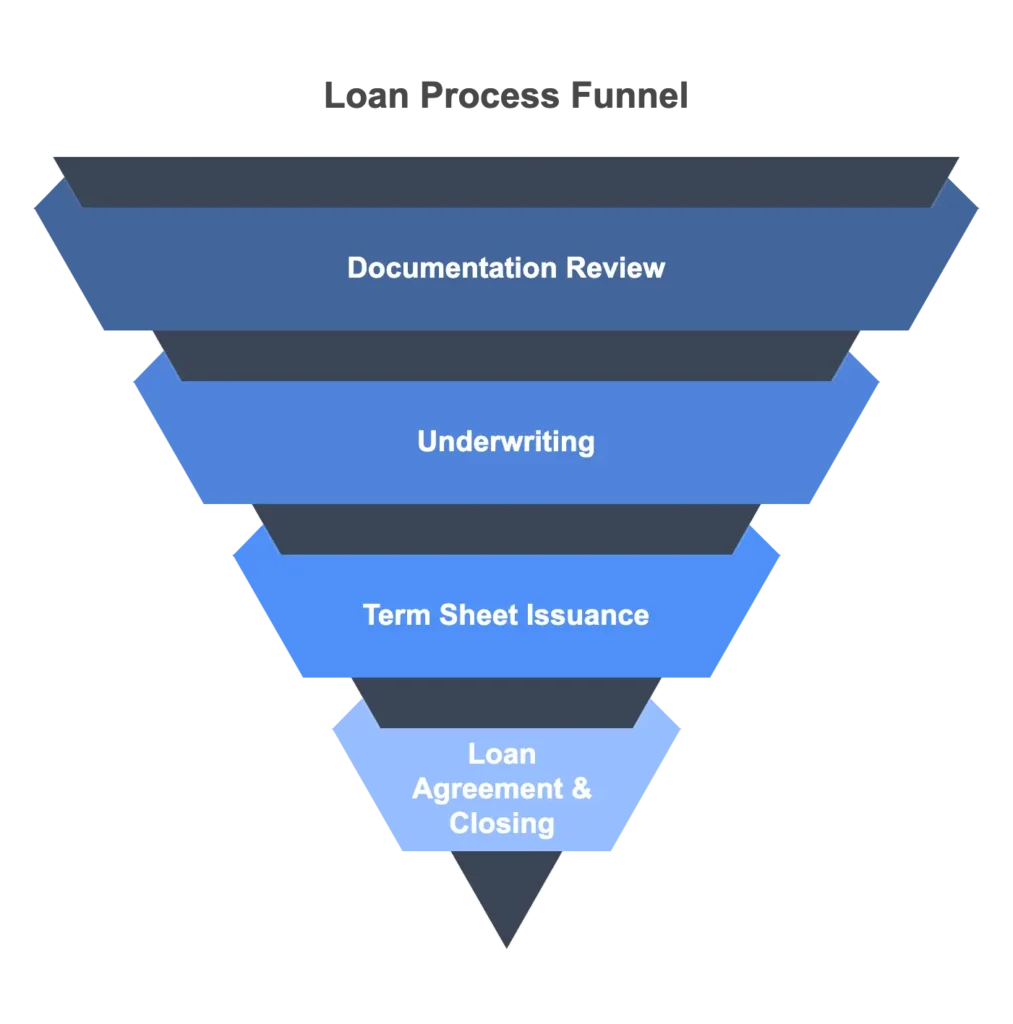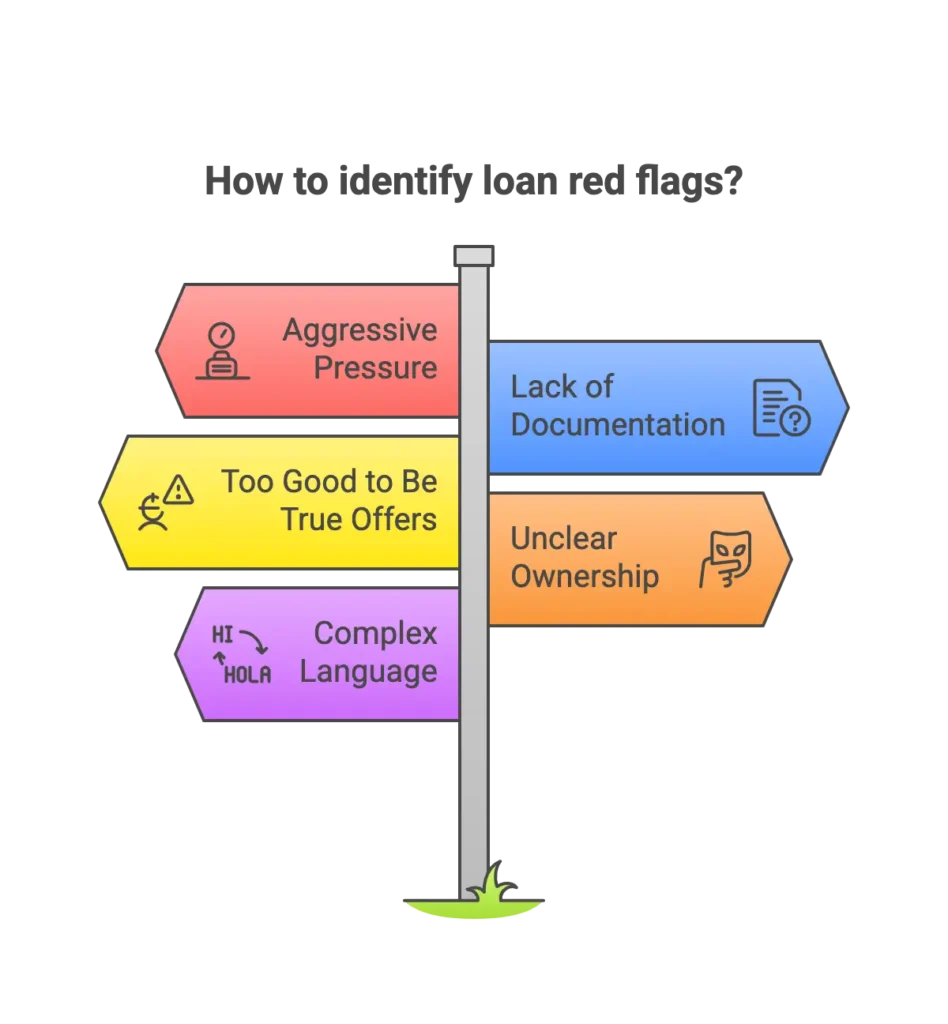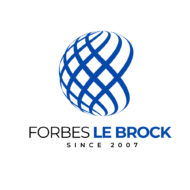2025 Borrower Due Diligence Toolkit: How to Vet Lenders and Spot Red Flags

Introduction: Why Borrower Due Diligence Matters
In high-value lending transactions—whether for commercial real estate, securities-based loans, or alternative finance—due diligence isn’t optional, it’s a strategic necessity. While lenders rigorously assess a borrower’s ability to repay, borrowers must also conduct thorough due diligence on the lender, loan terms, and transaction structure.
A strong due diligence process protects against predatory practices, ensures alignment with strategic objectives, and helps you avoid costly legal or financial pitfalls. Whether you’re a C-suite executive, investor, or high-net-worth individual (HNWI), this guide gives you a practical framework to evaluate lenders, identify loan red flags, and move with confidence.
🔥 Got questions about the blog post? Listen to this discussion for insights and key takeaways. 🎙️ Tune in now!
Borrower Due Diligence Process: An Overview
Borrower due diligence involves a comprehensive evaluation of the loan transaction, lender credentials, loan terms, and legal structure to ensure the deal serves your financial and strategic goals.
Key Objectives of the Due Diligence Process:
- Verify lender credibility and ethical lending practices
- Understand all terms in the loan agreement
- Identify hidden costs, legal issues, or collateral risks
- Mitigate potential governance and compliance failures
- Ensure strategic fit with your financing needs
Due diligence transforms a loan from a quick funding fix into a carefully considered financial tool.
Loan Process Explained: What Borrowers Can Typically Expect

Understanding the loan lifecycle helps pinpoint where borrower due diligence is most effective:
1. Loan Application
- Submit preliminary documentation and express funding needs.
- DD Focus: Evaluate how your information is handled, including confidentiality and transparency.
2. Documentation & Initial Review
- Lenders can request detailed financials, asset listings, and business info.
- DD Focus: Understand exactly what you’re being asked to provide and why. Ensure NDAs or data-sharing policies are in place.
3. Underwriting
- The lender assesses risk, collateral value, and repayment ability.
- DD Focus: Ask what metrics or models they’re using to evaluate your profile.
4. Term Sheet Issuance
- Preliminary loan conditions are outlined.
- DD Focus: Scrutinise rate structure, covenants, loan-to-value (LTV), and repayment terms before proceeding.
5. Loan Agreement & Closing
- Final documents are drafted and signed.
- DD Focus: Engage legal counsel to review the full loan agreement. Confirm all terms match the approved term sheet.
A borrower’s credit history, current cash flow, and any existing liability obligations can all play a key role in a lender’s decision-making process — and should be reviewed internally before applying.
Borrower Due Diligence Checklist: Evaluating the Lender and the Loan
Use this due diligence checklist to ensure nothing falls through the cracks:
✅ Verify Lender Credentials
- Licenses, jurisdictional registration, and regulatory standing
- Financial strength and underwriting track record
- Independent reviews or references
✅ Evaluate Loan Terms
- Total cost of capital (APR, not just headline rate)
- All fees: origination, legal, servicing, prepayment, balloon payments
- Flexibility for early repayment or restructuring
- Conditions tied to collateral and default clauses
✅ Assess Transparency & Ethics
- How clearly are fees, risks, and terms disclosed?
- Is the lender responsive and professional during the process?
- Do they engage in transparent lending practices or hide terms in the fine print?
✅ Understand Legal Implications
- Jurisdiction and governing law of the agreement
- Default definitions and lender enforcement rights
- Any clauses that may limit recourse or create exposure to excessive penalties.
Loan Red Flags to Watch Out For

Even in high-value deals, red flags can emerge that signal risks or bad faith lending. Spot them early.
🚩 Aggressive Pressure
If a lender rushes you to sign documents before legal counsel reviews them, pause.
🚩 Lack of Documentation
A serious lender should provide a full draft loan agreement and answer every question about it.
🚩 Too Good to Be True Offers
Unrealistically low rates or no documentation loans often come with hidden terms or excessive collateral risk.
🚩 Unclear Ownership or License Status
Anonymous lenders, offshore entities without clear regulation, or shell companies present massive risk.
🚩 Complex Language Meant to Confuse
Legal jargon or vague language around covenants and default rights can be a deliberate obfuscation tactic.
Case Insight: Why Clarity Matters in Securities-Based Lending
A prospective borrower was presented with a securities-based loan featuring a low headline interest rate. Upon reviewing the agreement with counsel, it became clear that:
- There was no cap or transparency around rehypothecation
- Margin call clauses were vague, leaving the borrower exposed in market downturns
- The lender had full discretion over collateral use, without independent custody
This structure wasn’t inherently unethical — rehypothecation and leverage are normal tools in structured lending. But the lack of disclosure and borrower protections was a red flag. The client ultimately opted for a more transparent structure, where:
- Rehypothecation was permitted within defined limits
- Margin calls were based on clear, quantifiable triggers
- An independent custodian safeguarded the pledged assets
The lesson? It’s not about rejecting leverage — it’s about ensuring borrower rights, transparency, and informed consent are built into the deal.
Peer-to-Peer Lending Risks: What Sophisticated Borrowers Should Know
Peer-to-peer (P2P) lending offers rapid access to capital, often through platforms. However, for larger sums or complex deals, risks include:
- Lack of traditional compliance or banking oversight
- Vague underwriting standards
- No deposit protection or insurance
- Platform solvency and governance concerns
When evaluating P2P options, extend due diligence to the platform’s financial condition, investor backing, and security protocols.
Lending Best Practices for Sophisticated Borrowers
To reduce risk and secure favorable terms in any lending transaction, apply these best practices:
- Start Early: Avoid desperation borrowing. Give time to assess multiple offers.
- Compare Term Sheets: Benchmark key terms across at least 2–3 lenders.
- Engage Legal Counsel: Never sign a commercial loan agreement without a legal review.
- Negotiate from Strength: Use your financial profile and asset quality to negotiate rates, covenants, or collateral terms.
- Maintain Records: Keep detailed documentation of offers, changes, and conversations.
- Ask Questions: Don’t accept vague answers. Clarify every clause in the loan agreement.
Building Trust in Financial Services: A Two-Way Street
True trust in financial services depends on transparency, ethics, and open communication—on both sides. Borrowers who do their homework, ask hard questions, and bring in expert advisors are more likely to:
- Avoid legal and financial pitfalls
- Secure long-term financing partnerships
- Protect their reputation and assets
Conclusion: Make Borrower Due Diligence Your Strategic Advantage
In any high value loan transaction, your power as a borrower lies in preparation, due diligence, and expert negotiation. Don’t just accept funding—scrutinise it.
By conducting borrower due diligence with the same discipline lenders apply to you, you elevate yourself from applicant to equal partner in the lending process.
📩 Take Action: Thinking of securing a high-value loan or asset-backed finance? Contact Us to ensure your due diligence process protects your interests.
